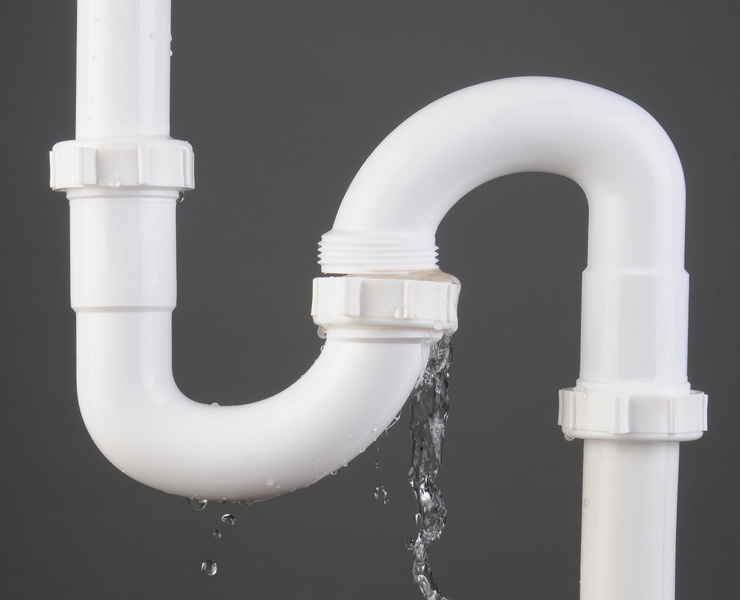Overview To Water Leak Detection In The House
Overview To Water Leak Detection In The House
Blog Article
Presented here in the next paragraph you'll find additional excellent information in regards to Top leak detection hacks.

Early detection of leaking water lines can reduce a potential catastrophe. Some tiny water leaks may not be visible.
1. Take A Look At the Water Meter
Every home has a water meter. Inspecting it is a surefire way that aids you uncover leaks. For starters, shut off all the water sources. Make sure nobody will certainly flush, use the faucet, shower, run the cleaning equipment or dish washer. From there, go to the meter and watch if it will certainly alter. Because no one is using it, there should be no activities. If it moves, that indicates a fast-moving leak. If you identify no modifications, wait an hour or 2 as well as check back once more. This suggests you may have a sluggish leakage that can also be underground.
2. Inspect Water Intake
If you find unexpected adjustments, despite your consumption being the exact same, it indicates that you have leakages in your plumbing system. An abrupt spike in your bill indicates a fast-moving leak.
At the same time, a steady increase on a monthly basis, even with the same practices, shows you have a sluggish leakage that's likewise gradually rising. Call a plumber to thoroughly check your home, particularly if you really feel a warm area on your floor with piping underneath.
3. Do a Food Coloring Test
30% comes from bathrooms when it comes to water usage. Test to see if they are running properly. Drop flecks of food shade in the storage tank as well as wait 10 minutes. If the color in some way infiltrates your dish during that time without flushing, there's a leakage in between the storage tank as well as bowl.
4. Asses Outside Lines
Do not forget to inspect your outdoor water lines as well. Should water leak out of the link, you have a loose rubber gasket. One little leakage can squander loads of water and surge your water costs.
5. Examine and Examine the Scenario
Property owners ought to make it a routine to examine under the sink counters and also inside cabinets for any bad odor or mold growth. These two warnings indicate a leak so punctual attention is needed. Doing regular evaluations, even bi-annually, can conserve you from a major issue.
Inspect for discolorations and deteriorating as a lot of pipes as well as home appliances have a life span. If you believe leaking water lines in your plumbing system, do not wait for it to escalate.
Early discovery of dripping water lines can alleviate a potential catastrophe. Some tiny water leaks may not be visible. Checking it is a guaranteed means that aids you uncover leaks. One tiny leakage can throw away bunches of water and increase your water bill.
If you suspect dripping water lines in your plumbing system, do not wait for it to escalate.
WARNING SIGNS OF WATER LEAKAGE BEHIND THE WALL
PERSISTENT MUSTY ODORS
As water slowly drips from a leaky pipe inside the wall, flooring and sheetrock stay damp and develop an odor similar to wet cardboard. It generates a musty smell that can help you find hidden leaks.
MOLD IN UNUSUAL AREAS
Mold usually grows in wet areas like kitchens, baths and laundry rooms. If you spot the stuff on walls or baseboards in other rooms of the house, it’s a good indicator of undetected water leaks.
STAINS THAT GROW
When mold thrives around a leaky pipe, it sometimes takes hold on the inside surface of the affected wall. A growing stain on otherwise clean sheetrock is often your sign of a hidden plumbing problem.
PEELING OR BUBBLING WALLPAPER / PAINT
This clue is easy to miss in rooms that don’t get much use. When you see wallpaper separating along seams or paint bubbling or flaking off the wall, blame sheetrock that stays wet because of an undetected leak.
BUCKLED CEILINGS AND STAINED FLOORS
If ceilings or floors in bathrooms, kitchens or laundry areas develop structural problems, don’t rule out constant damp inside the walls. Wet sheetrock can affect adjacent framing, flooring and ceilings.
https://www.servicemasterbyzaba.com/blog/how-to-detect-water-leakage-in-walls/

I stumbled upon that blog posting about Detecting hidden plumbing leaks while doing a lookup on the web. Appreciated our blog? Please share it. Let somebody else find it. I enjoy reading our article about Top leak detection hacks.
Report this page